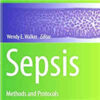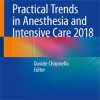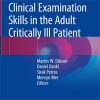Relationship Between Level of CPR Training, Self-reported Skills, and Actual Manikin Test Performance
intjem.biomedcentral.comAs expected, higher levels of BLS training correlated with better cardiopulmonary resuscitation (CPR) quality. However, this study showed that ventilations and hands-on time were the components of CPR that were most affected by the level of training. Self-assessments of CPR ability correlated well to actual test performance and may have a role in probing CPR skills in students. The results may be important for BLS instructors and program developers. Out of 237 participants, 125 had basic training (group I), 84 reported advanced training (group II), and 28 advanced training plus additional courses (group III). Group II and III had shorter start-up time, better compression depth and hand positioning, higher fraction of effective rescue ventilations, shorter hands-off time, and thus a higher chest compression fraction.

















